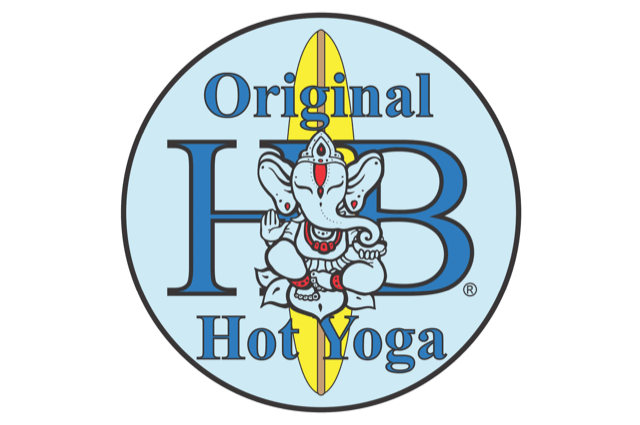What to eat before your Hot Yoga Class:
Have you ever left your Bikram Hot Yoga class feeling like you ate the wrong thing before the class? Or maybe you didn’t eat enough earlier in the day?
It’s totally normal for it to take some time to figure out what works for your body. In the beginning of your practice, you may need to experiment with different healthy options; less food, different foods, eating earlier, and avoiding caffeine. Finding the perfect formula may take time.
NUTRITION AND BIKRAM YOGA
Bikram Yoga is a rigorous yoga practice, which requires a bit of dietary planning in order to facilitate the optimal experience during and after your yoga class. The foods you eat should agree with your stomach and promote feeling well during your experience. This being noted, it is not recommended to eat any meal at least 2 hours before your first class and to avoid too much caffeine and caffeinated drinks. This gives your stomach enough time to digest whatever food you've eaten that day and to avoiding unwanted stomach upset from trying to exercise and digest food at the same time.
Some students may need a completely empty stomach before class, while others may be able to snack on a small piece of fruit an hour before an early-morning class.
HERE ARE SOME OF THE OPTIMAL FOODS:
Fruits
Fruits are a healthy option to eat before and after a Bikram yoga class. Bananas, a source of potassium and sodium, make an ideal snack to restore the electrolytes lost from sweating during class. Fruits are low in calories and have little to no fat, making them a light snack to eat that won't weigh you down or leave you feeling heavy. Fruits contain carbohydrates and provide a natural source of sugar to give you the energy needed to perform asanas and concentrate during class. Dates, raisins, apricots and water-rich plums and peaches also make for healthy yogi snacks.
Healthy Fats
Practitioners should avoid eating heavy, fatty foods because of how long it takes to digest fats. However, this doesn't mean you should avoid fats altogether. Rather, healthy fats in moderation can create a feeling of fullness, stabilizing blood sugar levels and preventing hunger pangs during or after classes. Snack on a handful of nuts hours before class or top a light, leafy-green salad with a quarter of an avocado or a drizzle of olive oil.
Whole-Grains
Whole-grain carbohydrates provide a source of energy to get you through a 90-minute Bikram yoga class. Unlike refined carbs such as white bread, whole grains contain fiber, which slows down the rate at which energy is released into the body. This helps keep blood sugar levels steady, avoiding fluctuations that lead to energy crashes and hunger cravings. For breakfast or a snack a few hours before class, enjoy a serving of oatmeal topped with a few nuts for added protein and healthy fats. Pair carbs such as a sweet potato or brown rice with lean protein after class to restore glycogen and aid in muscle recovery.
Here are a few nutritional tips and tricks that will contribute to you feeling great during your practice.
Hydrate well throughout the day and the day before. This includes electrolytes as well as water.
Eat well balanced meals. For early morning practice, you will probably feel better on an empty stomach. Later in the day, a light meal 2-3 hours prior to practice will likely work best.
If you’re feeling lightheaded or like you need something to eat closer to class time, fruit, a small protein bar or smoothie should do the trick.
Avoid heavy meals and caffeine for at least 3 hours prior to your practice.
Experiment with healthy options such as: hydrating foods (watermelon, cucumber), avocado toast, turkey roll-up, nuts and seeds, yogurt.
Remember to take note of what you eat and drink and which foods work best on the days when you practice. After a short time, you will find the right recipe for your body and you will begin to notice how the right nutrition will facilitate a great practice and that your practice will in turn encourage you to make healthier choices at meal time.
Please take the time to speak to your instructor before or after class to voice any concerns or questions about your optimal diet and hydration.

